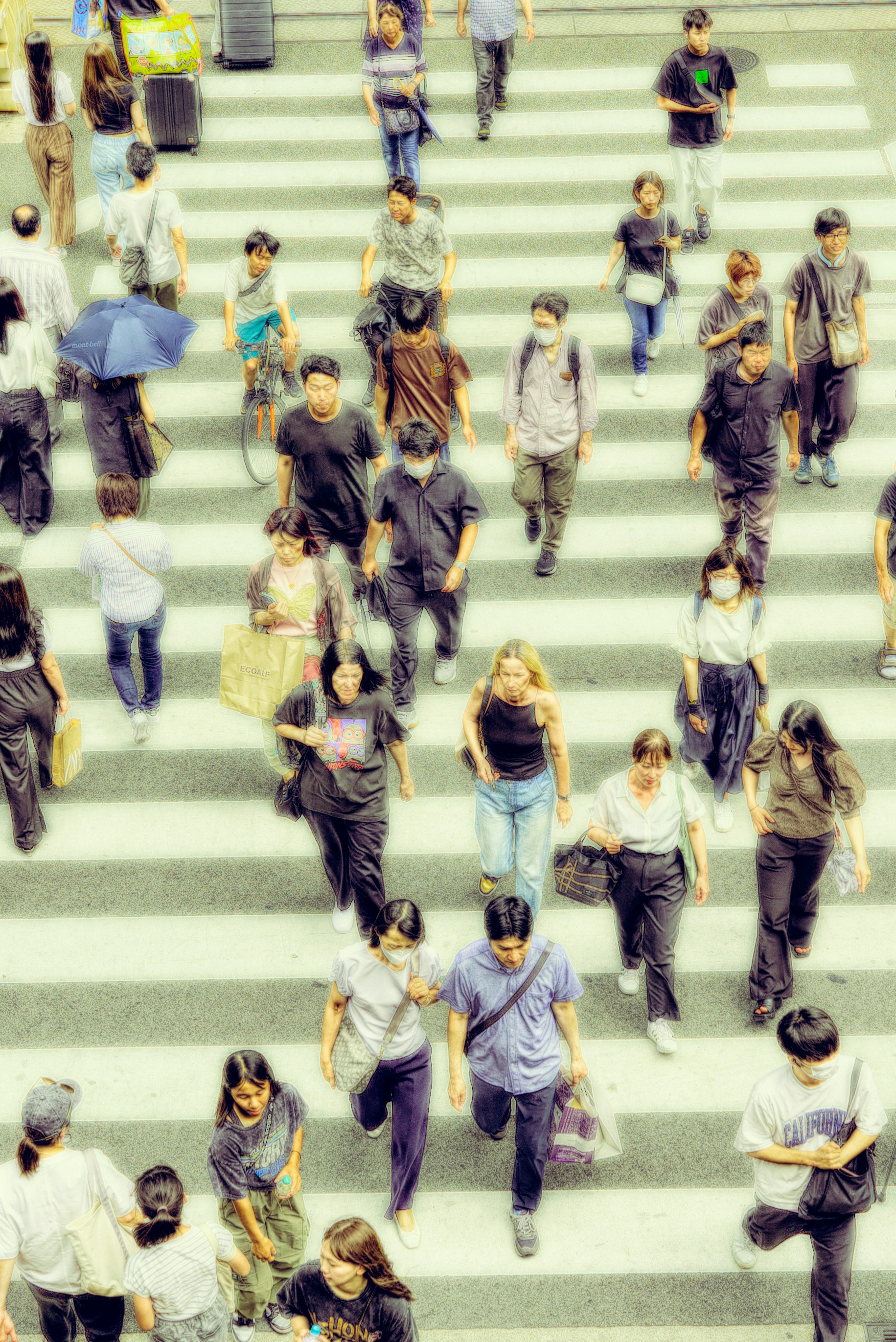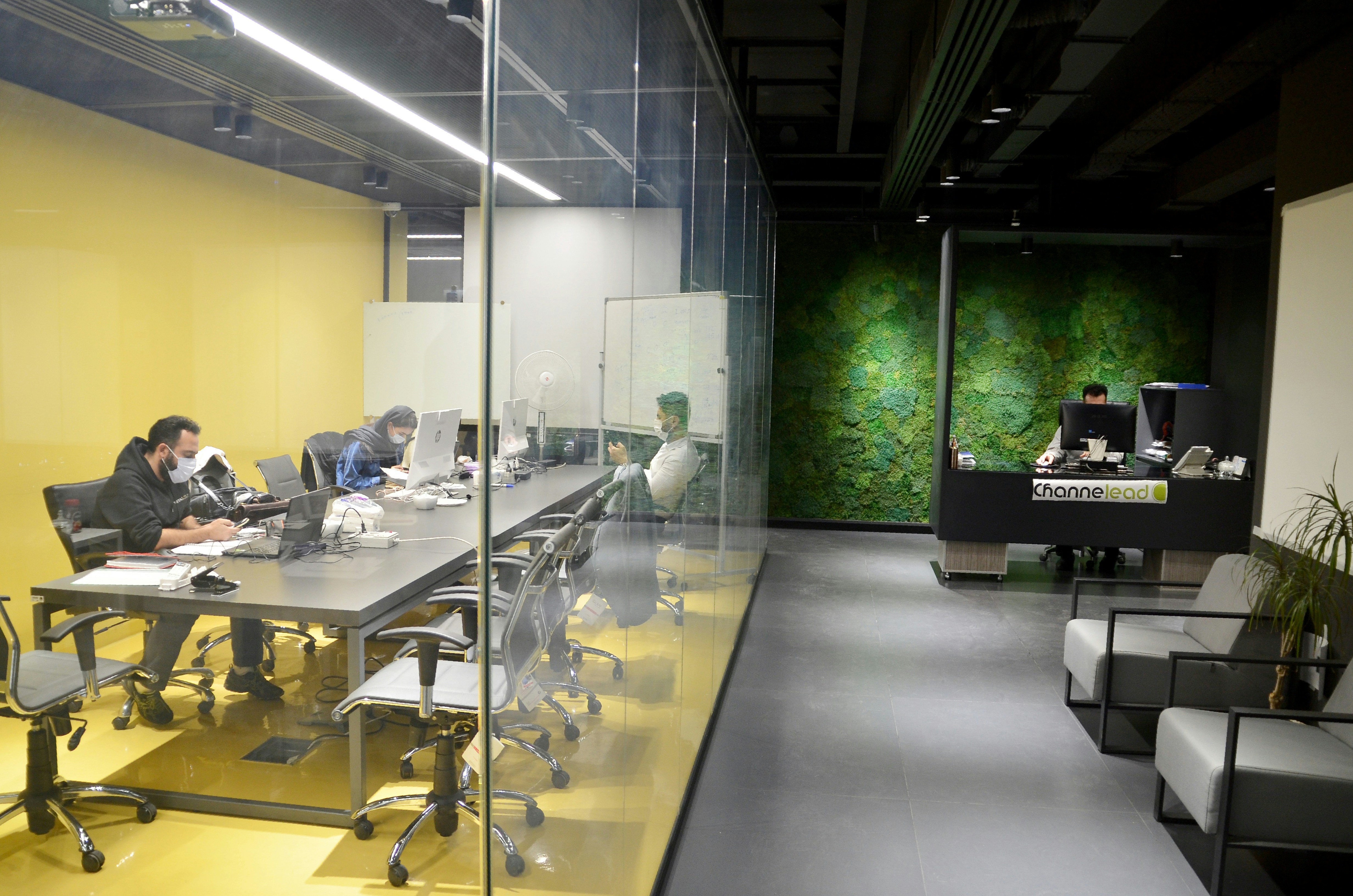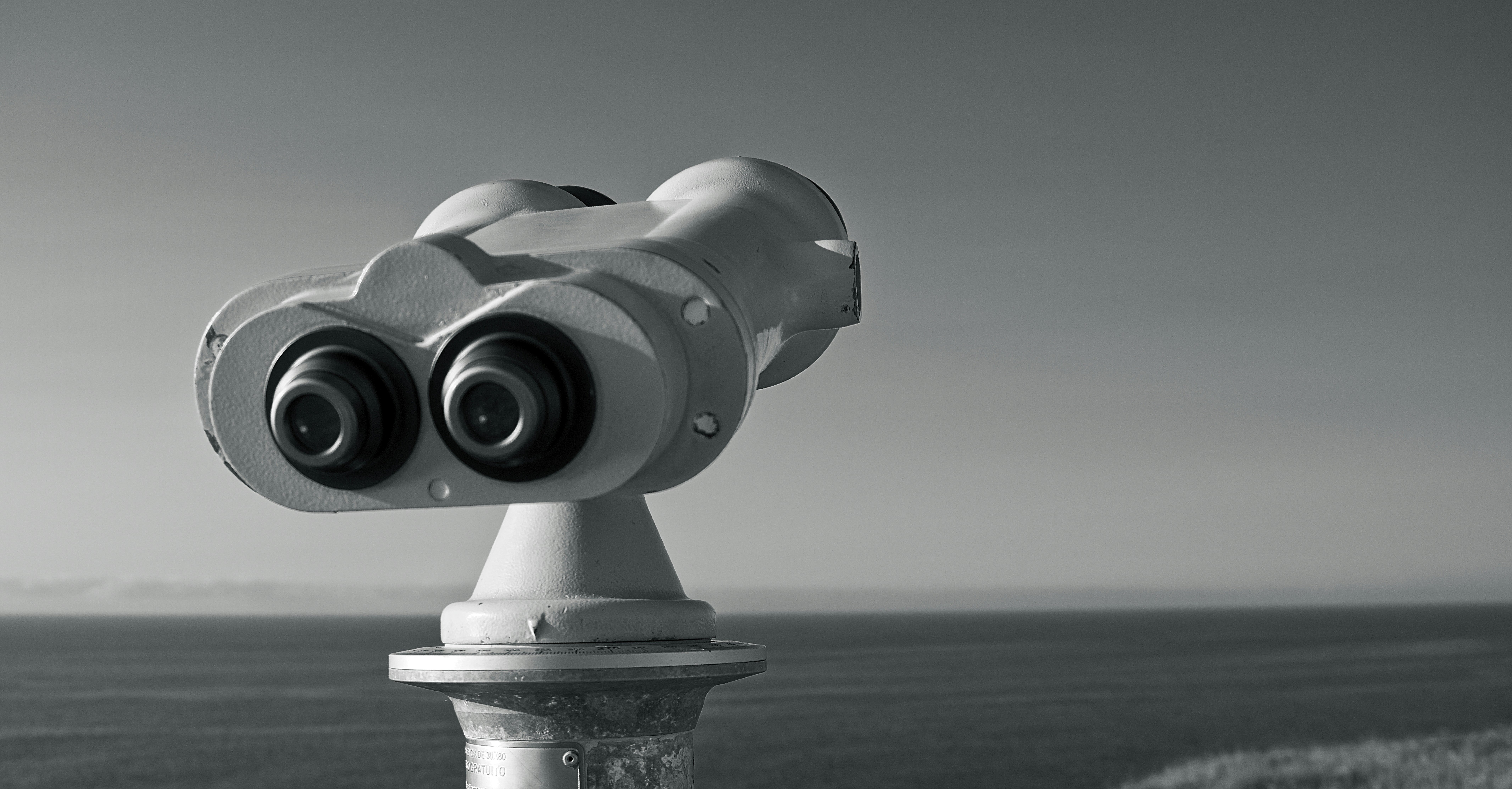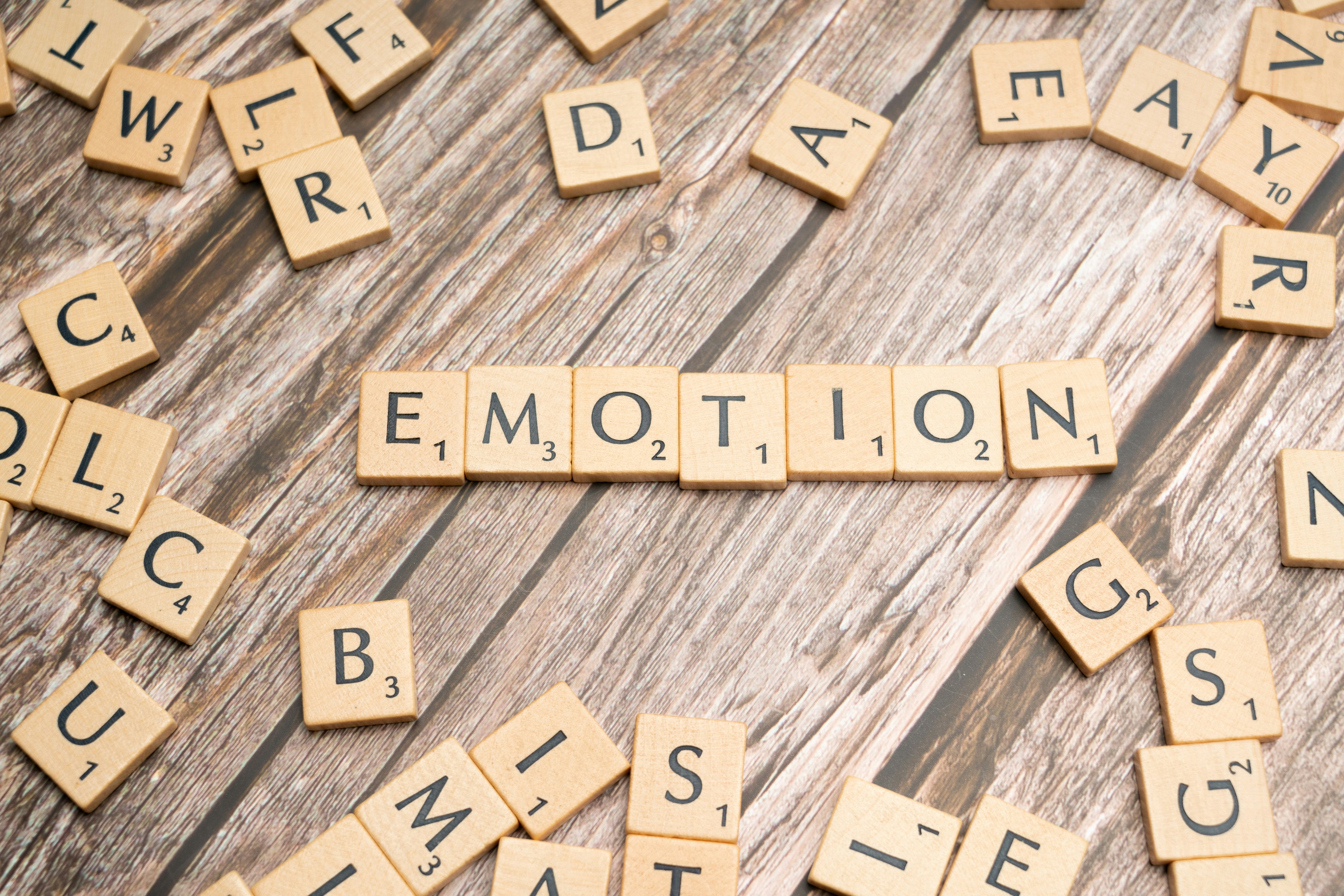Tech Gadgets Redefining Well-being: Discover Sensory Innovations
Technology is no longer just a tool—it’s an experience that involves sight, sound, touch, and even scent. In 2025, the growing field of multisensory tech gadgets encompasses products that engage our senses to enhance our well-being and productivity. By integrating elements such as aroma diffusion, immersive sounds, and haptic feedback, these gadgets promise to reshape our day-to-day lives. Join us as we explore how they're reimagining our personal environments and affecting our mental health and work efficiency.
The Rise of a Multisensory Approach
In a world filled with distractions, monotony, and excessive noise, the need for a wholesome sensory experience is more pertinent than ever. By tapping into our senses through carefully curated stimuli, multisensory gadgets are proving to be essential in creating an atmosphere conducive to relaxation, focus, and overall well-being. A recent study by Harvard Business Review emphasizes how sensory engagement in the workplace can lead to improved productivity and job satisfaction. Employees who work in environments designed with sensory enhancements reported feeling more motivated and connected.
Imagine starting your day with a gentle aroma of lavender and a soft, soothing soundscape to ease you into your routine. Aroma diffusers integrated with sound technology are quickly becoming staples in modern homes and offices. These gadgets not only help eliminate unpleasant odors but also use calming sounds to set the tone for focus or relaxation.
The Component of Aroma
Aromatherapy has been used for centuries, but integrating it with cutting-edge technology brings it into the modern era. Gadgets equipped with smart sensors can tailor scents based on individual preferences and time of day. For example, a device might diffuse citrus scents during the day to energize and promote alertness while transitioning to calming scents like chamomile or eucalyptus in the evening for stress relief.
Brands like Moodo and Aera offer these innovative aroma diffusion systems which allow you to change your scent profile with an app. By personalizing your environment with these tools, you’re not just affecting your mood; you're enhancing cognitive performance, making them invaluable for those working in high-pressure environments.
Sound as a Soothing Element
The concept of soundscapes has gained traction, particularly in the wellness community. There’s scientific backing to the idea that specific sounds can have calming effects, reduce stress, and even boost learning. Haptic feedback devices incorporate auditory elements to create an immersive experience. For example, the sound emitted by devices such as ambient sound machines can be adjusted based on your activity—jazz tones for work, natural sounds for relaxation, or even binaural beats to aid meditation.
Whether you're at home, at work, or on the go, innovations like the Bose Sleepbuds II use noise masking technology to create a tranquil space and improve sleep quality. According to recent studies, a peaceful sleeping environment can work wonders for mental health, ameliorating conditions like anxiety and depression.
Touch: The Power of Haptic Feedback
When it comes to touching and experiencing gadgets, haptic technology stands out by utilizing tactile sensations to enhance interaction. Haptic feedback not only engages users in a physical way but is also seen to improve learning and retention. For instance, educational tools that incorporate haptic feedback can transform how kinesthetic learners engage with content.
Advanced wearables are redefining our connection with technology. Dedicating attention to how these devices involve touch can lead to profound shifts in wellness. Wearable gadgets are being trained to respond to emotional signals through changes in heartbeat and skin conductivity. Such innovations are explored in-depth in our article on the future of haptic feedback.
Furthermore, the healthcare sector is witnessing the revolution of biofeedback gadgets capable of monitoring physiological responses due to touch interactions. They serve as transformational tools for individuals on their wellness journeys. The integration of these gadgets into daily routines offers a continuous stream of insights that can positively affect mental health.
Creating Enhanced Work Environments
As organizations increasingly recognize the link between environmental factors and employee satisfaction, more businesses are exploring multisensory tech for better workplaces. For example, innovative office designs use light, sound, and scent to create a better working atmosphere. Firms investing in amenities focused on employee well-being often observe a significant reduction in turnover rates and improved company culture.
Imagine a workspace where the lighting automatically adjusts according to the time of day while soft ambient noise fills the air. These enhancements are not simply luxuries; they’re becoming necessities that promote productivity and better morale.
By linking sensory tech with productivity tools, brands like Sound+Sleep create environments that allow you to maximize your output while maintaining a balance with your emotional and physical health.
Overall Health and Productivity
The modern workforce, comprising predominantly of millennials and Gen Z, seeks environments that cater to holistic well-being. A 2025 study shows that companies integrating multisensory gadgets find engagement levels soar, as do productivity metrics. These devices guide users toward wellness paths—be it through guided meditations, mood boosters, or ambient soundscapes.
Additionally, gadgets for emotional intelligence, such as emotion-tracking devices, are tailored to enhance interpersonal communication and empathy, further improving team dynamics.
Redefining Personal Spaces with Tech Gadgets
The individualization of personal space has also grown widely popular. Smart home devices that adapt to users’ routines offer personalized solutions while ensuring efficiency. For instance, the use of tech to enhance mood in personal spaces can create emotional sanctuaries within our homes, empowering us to recharge and find focus amid chaotic lives.
Innovative gadgets like smart lighting can automatically shift color temperatures based on the time of day, affecting circadian rhythms and enhancing relaxation or productivity. These systems, explained in our article on sensory-sensitive tech, are catalysts in transforming our environments for enhanced emotional and physical well-being.
Future Innovations to Watch
As we advance into this new era, we’ll likely see even more integration of sensory technology into everyday devices. Future innovations may include gadgets that monitor and adjust to your emotional state, offering real-time changes in aroma, sound, or light to combat stress.
Collaborations between tech companies and neuroscientists aim to create groundbreaking tools designed to support mental health and peak performance. Ongoing research will explore the effectiveness of multisensory devices in different contexts—be it the workplace, healthcare settings, or home environments.
Final Thoughts
In 2025, as we embrace the era of connectivity and technology, multisensory gadgets are set to redefine our relationships with our surroundings, ourselves, and each other. With their focus on well-being and interactivity, they’ll likely become the backbone of modern design in personal and workspace environments.
Through the integration of sound, scent, and touch, these gadgets promise a transformative experience that enhances productivity and health. As they evolve, they encourage users to embrace technology as a partner in their journey toward well-being rather than just a tool. So, why not explore the multitude of sensory options available to elevate your environment? The multisensory revolution is here, and it promises a brighter, healthier, and more productive future.












